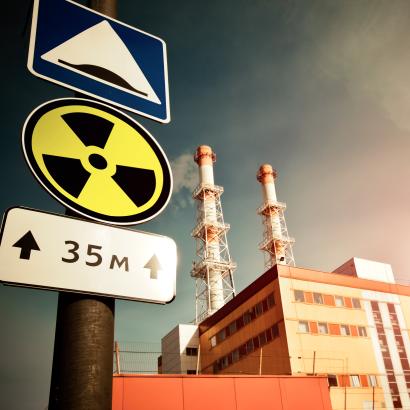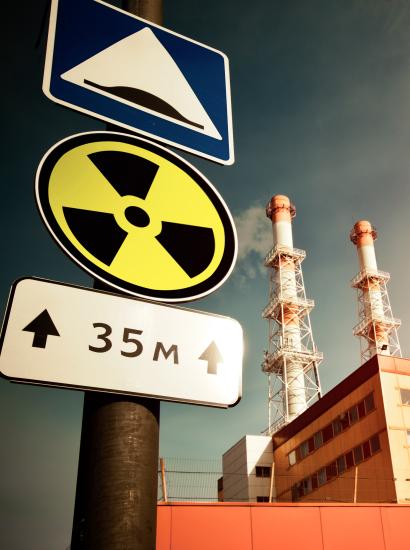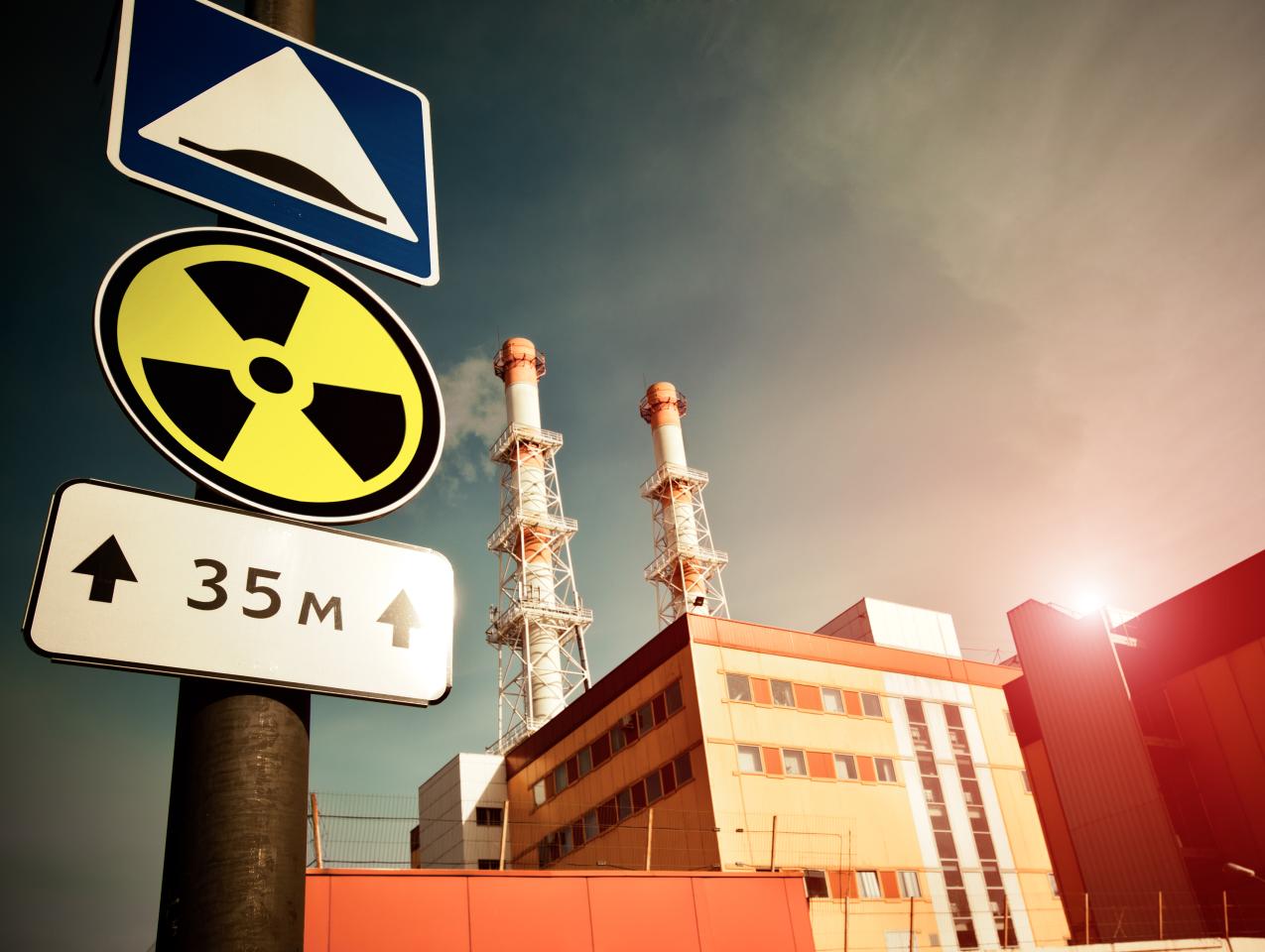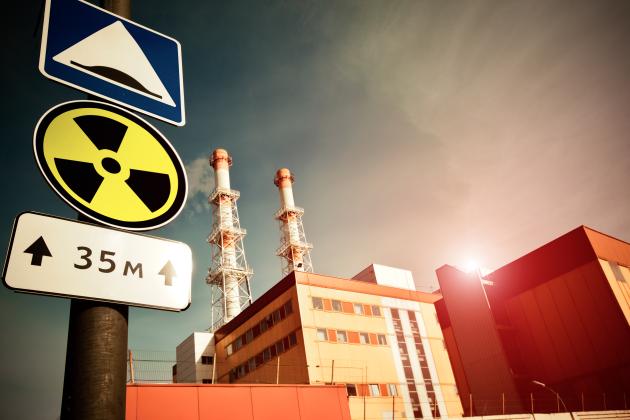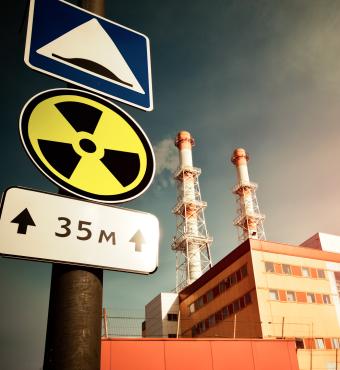- Energy & Environment
This essay argues that a new strategic era is emerging, one that is more multipolar, more grass roots-oriented, populated by a wider array of empowered actors, and characterized by greater degrees of identity-seeking rivalry and competition. The world community is moving from a relatively stable bipolar standoff to a much more complex and potentially dangerous multipolar rivalry based on almost continuous competition and conflict among state and non-state actors alike. In this context, the existing paradigm of nuclear security is increasingly mismatched to the demands of the emerging era. This report lays out the case for a new vision of nuclear risk reduction and offers a number of specific potential strategies to achieve its objectives.
A Renewed Vision for Nuclear Risk Reduction, by Michael J. Mazarr by Hoover Institution








